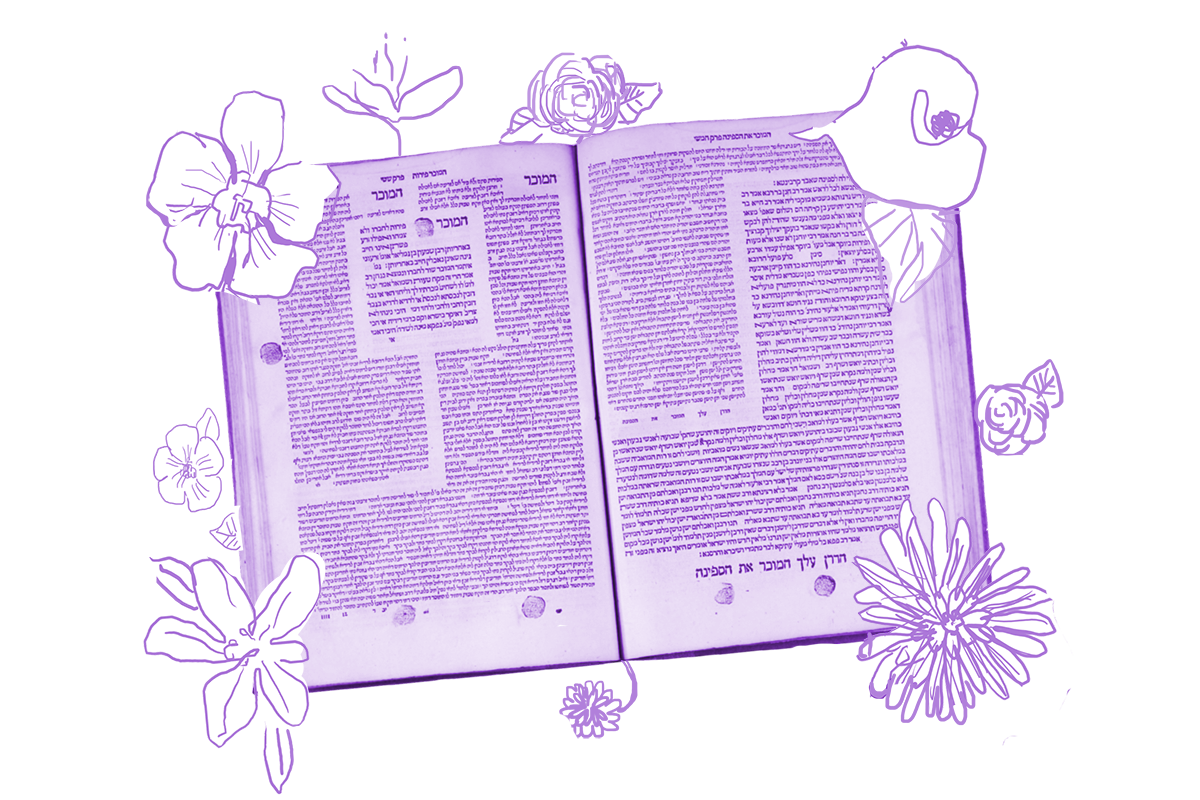On today’s daf, the Gemara shares the following:
Two people that were sitting and drinking wine under tzifei in Babylonia. One of them took a cup of wine and gave it to his friend. He said: Betroth for me your daughter to my son by receiving this cup of wine.
The Gemara is mainly concerned with the possibility, albeit slim, that this betrothal is effective because the son might have empowered his father to act as his agent. But Ravina informs us that:
A person is not so brazen as to appoint his father as his agent and thereby treat him as an assistant of sorts.
With your help, My Jewish Learning can provide endless opportunities for learning, connection and discovery.
And so, we don’t have to worry that in passing the cup of wine, the fathers have betrothed their children.
Having had my fill of discussions about the status of betrothal that may or may not have happened with the full consent of all interested parties, my attention was drawn to the description of the scene itself — two people drinking wine under tzifeiin Babylonia. That they are drinking wine is a necessary detail, as it is through the cup of wine that the potential betrothal takes place. But what are these tzifei under which they are found?
The commentators give us a number of options, the first of which is trees, possibly a willow or poplar tree. There is a tree called the Babylonian willow, salix babylonica, but it turns out that these trees are actually from Asia and not the Middle East and many believe that they have been misidentified as trees mentioned in the Bible and Talmud. A more likely candidate is the Euphrates poplar, Populus euphratica, which still grows in the region, including in Israel today.
Rashi presents the tree option, but also suggests an alternative, that tzifei are some kind of overhangs (possibly the same as zizzin, mentioned Mishnah Bava Batra 3:8) that come out of a wall; an awning of sorts.
The Jastrow dictionary also offers the tree option, sharing that tzifei is the plural form of tzaftzafa, a kind of willow. He also says it is a plural form of tzeifa, which is used in the Talmud to describe a kind of mat (see Bava Batra 8b) upon which people sat in synagogue.
But, in our case, the fathers were not sitting on mats, but under them, so this last seems unlikely. Unless, as Steinsaltz suggests, “It is possible that the word for mat is derived from the name of the poplar tree, whose branches provide the materials for the weaving of the mats.”
In other words, why do we use the same word for mat as we do for awning? Because the awning is made from a mat, which, in turn, is made from materials of a tree — perhaps a tzaftzafa tree.
The linguistic similarity between the words makes this connection possible, linking a variety of items together because of their common source. It’s possible that while the words have common letters, they do not have common origins. And, like the betrothal of the children of our two wine makers, their coming together was not meant to be.
Read all of Kiddushin 45 on Sefaria.
This piece originally appeared in a My Jewish Learning Daf Yomi email newsletter sent on September 27th, 2023. If you are interested in receiving the newsletter, sign up here.



